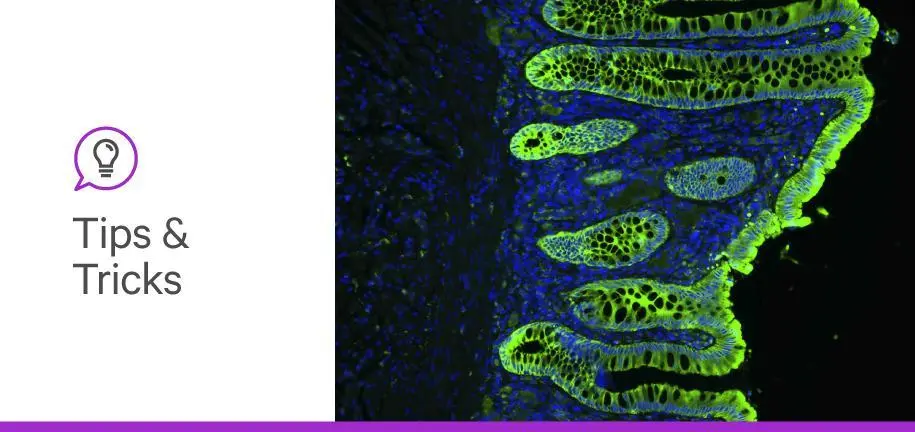
How to choose antifade mounting media
As far as antifade mounting media go, one-size-fits-all solutions are few and far between. Here, we break down key factors you should consider when choosing the best antifade mounting medium for your experiment.
Vector Laboratories is closed for the President’s Day on Monday, February 19th. We will be back in the office on Tuesday, February 20th.
We will respond to emails upon our return. Have a wonderful day.

As far as antifade mounting media go, one-size-fits-all solutions are few and far between. Here, we break down key factors you should consider when choosing the best antifade mounting medium for your experiment.

Glysite Scout Glycan Screening Kits, Immunofluorescence is the newest product from Vector Laboratories. We sat down with Senior Scientist August Estabrook to learn more about the development of this brand-new product.
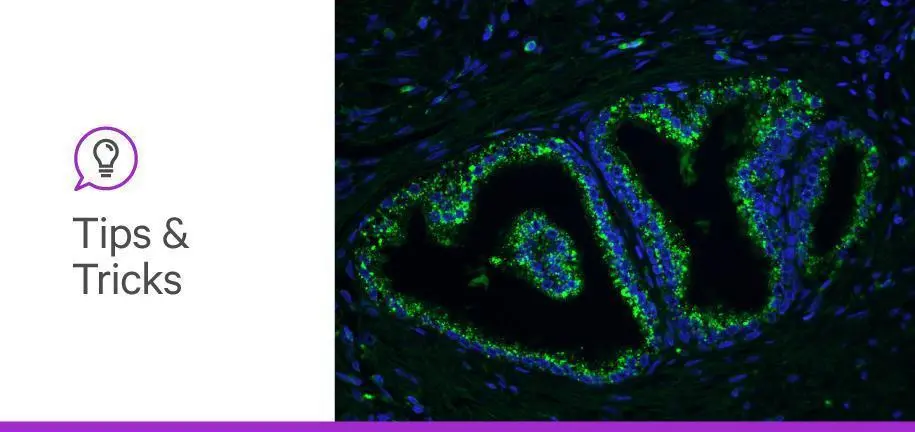
This how-to blog post will show you how to use the GlysiteTM Scout Glycan Screening Kit—regardless of which fluorophore your kit comes with. The post will walk you through everything from how to prepare and stain your slides through mounting your finished result.
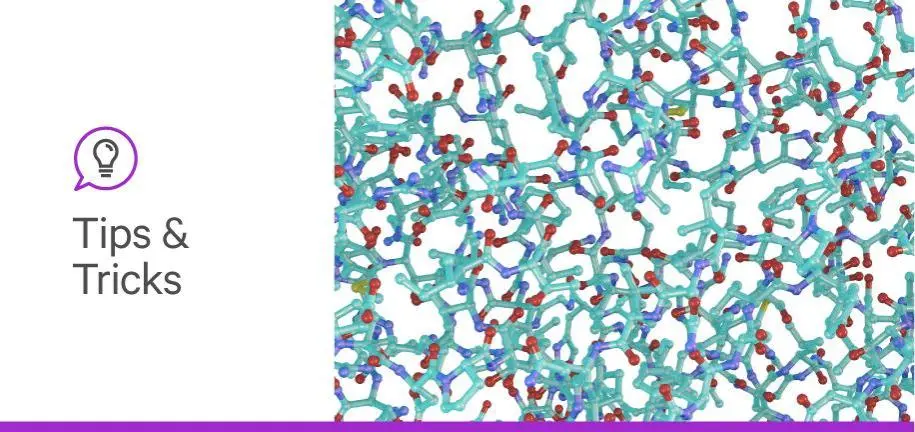
In this blog post, we will walk you through what exactly lectins are, how they bind to glycans, why this process is important, how to understand this process, and many other insights to help you leverage lectins in your research.
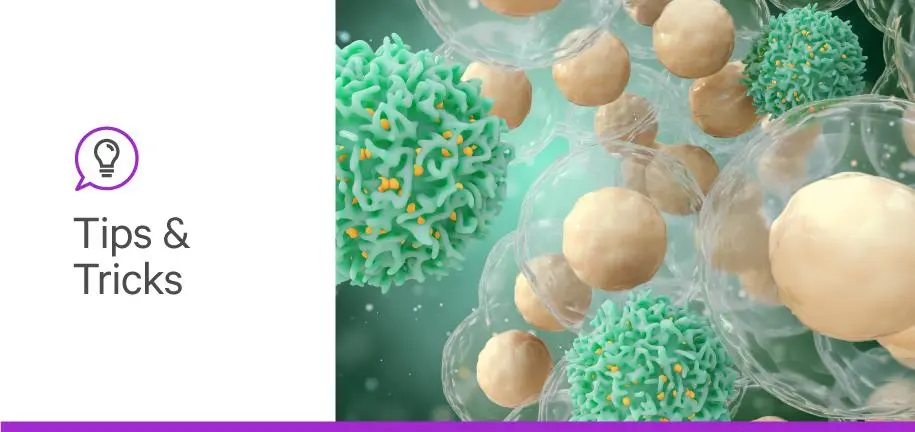
Cancer remains one of the deadliest diseases in the world because we still haven’t fully comprehended why and how it occurs. This article will highlight some areas within cancer research utilizing glycobiology.

Parthiv Haldipur is a researcher focused on developmental neuroscience with a quest to better understand brain development and its effects from conception throughout adulthood.

For the first time in 2022, all employees—remote and in-office—gathered at the new home for Vector Laboratories to celebrate our relocation and our accomplishments so far in 2022.
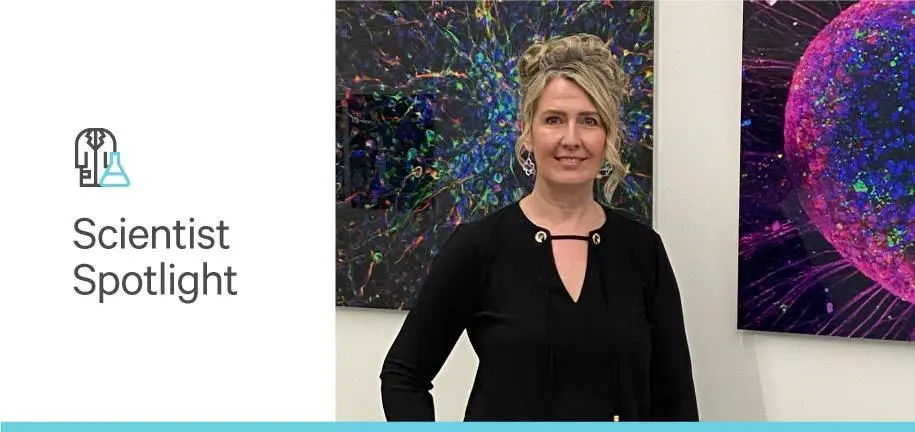
Erika Leonard, Director of R&D, has been with Vector Laboratories for almost 30 years. We sat down to discuss her time at the company and the various roles she’s taken on.
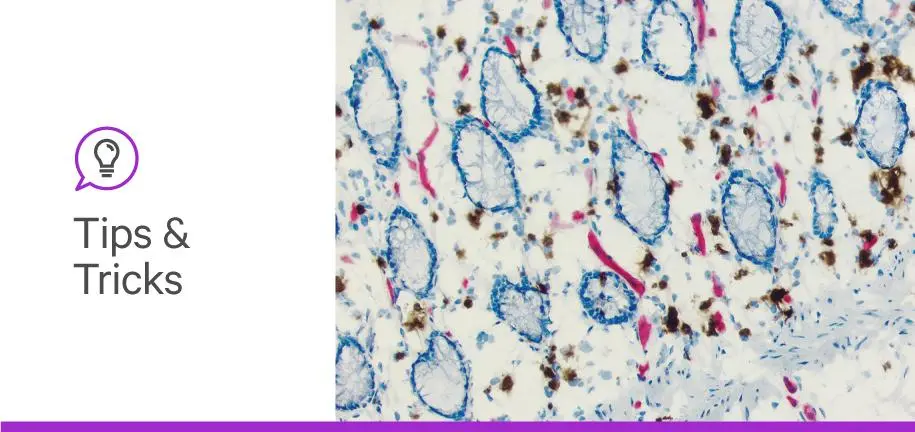
Identifying sources of non-specific staining is crucial for determining potential solutions to improve your staining results. This blog post will briefly walk you through commonly encountered sources of non-specific staining in IHC and IF applications.
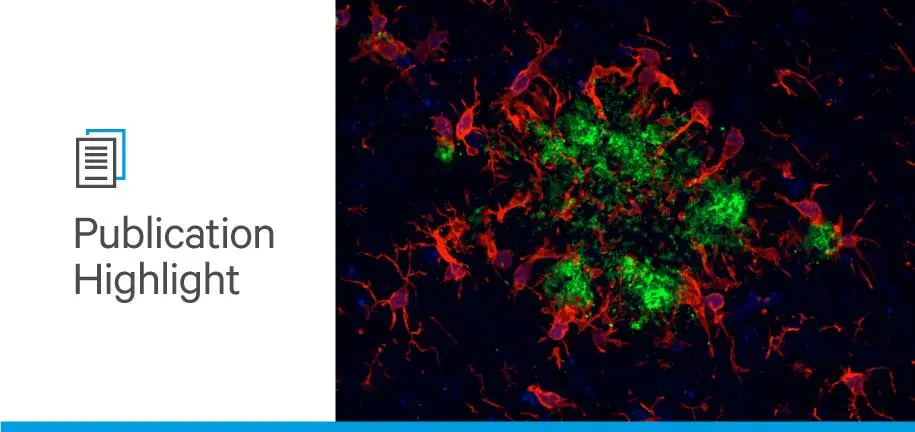
Learn about the impact of IL-17 accumulation on cognitive impairment in this blog post for Alzheimer’s Awareness Month.




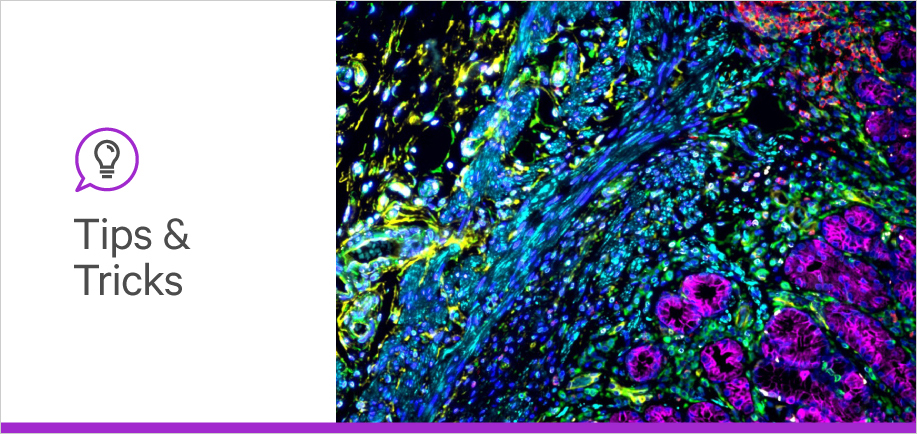
Stay in the Loop. Join Our Online Community
Together we breakthroughTM
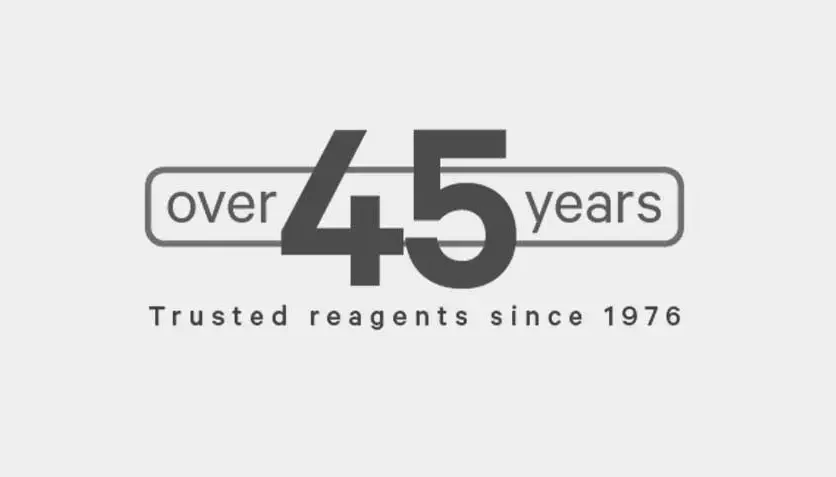
©Vector Laboratories, Inc. 2024 All Rights Reserved.